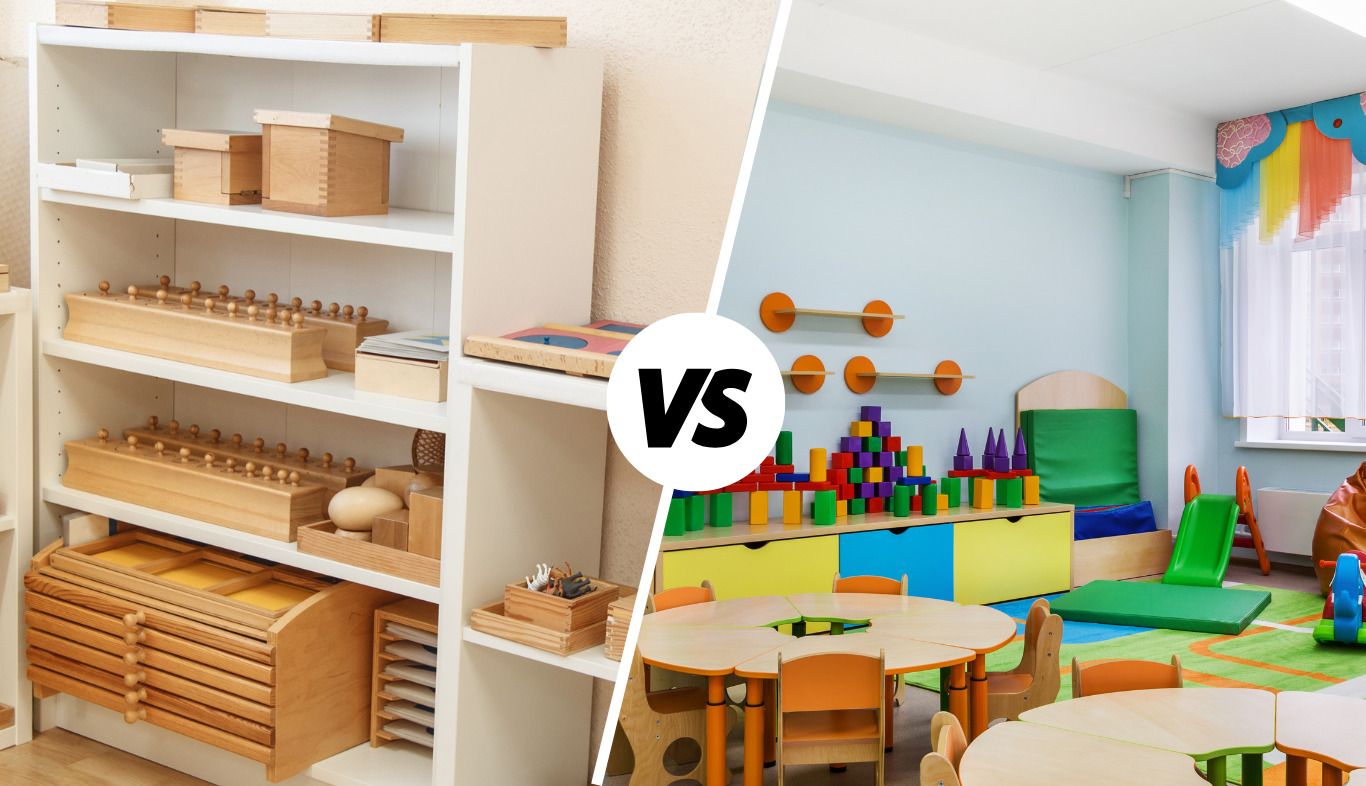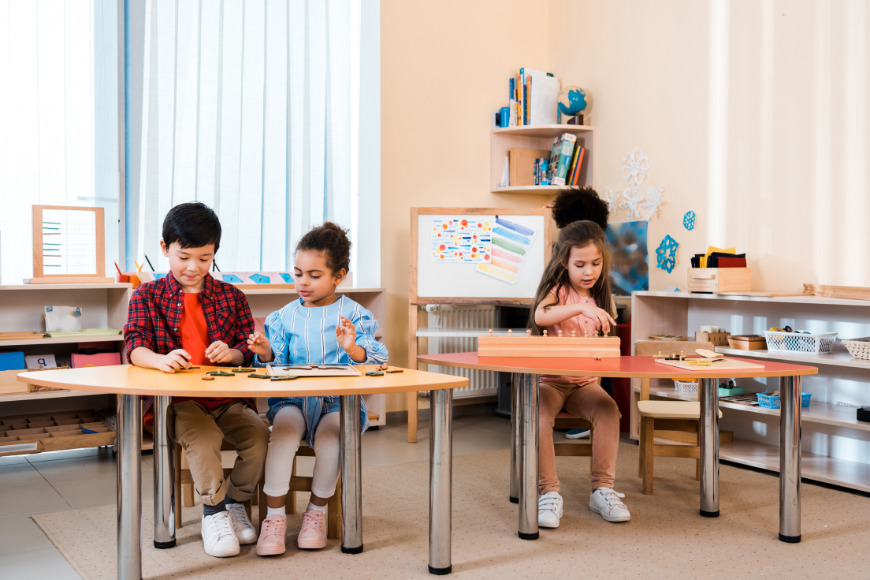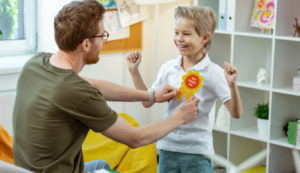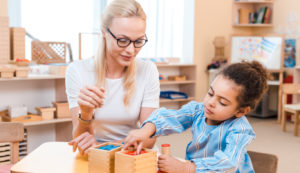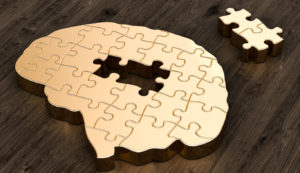Children are the future of our world. They should be given the best possible education to help them grow and develop into productive members of society. In this article, we will discuss why Montessori education is proving effective for a child‘s development, how it differs from conventional education, and how to choose between the two.
What is Montessori Education?
Montessori education was developed by Maria Montessori. She was an Italian educator who believed that learning should be a playful, natural process that is not forced upon children. Her education method fosters the child’s curiosity and love of learning without imposing knowledge or extraneous objectives.
Her method, informed by observation, asserts that education should comprise three phases: education, formation, and didactics (when the child learns how to apply what they have learned). Didactic explanations are given in a language that the child understands. The child is not exposed to complex terminology or rules until they are ready for them.
Formation: In this phase, the child is exposed to new things and experiences. They are encouraged to be independent and explore their environment. The child must be ready for this phase, as they need to handle new concepts and ideas.
Montessori education believes in children actively learning through their senses rather than through abstract thinking or memorization. Let us now understand why it is effective.
Why is Montessori Education so Effective?
Montessori education is centered on the child and incorporates a child-led approach. Montessori’s philosophy focuses on three fundamental principles: freedom, independence, and responsibility.
The Children in Montessori Environment
Children are allowed to learn at their own pace, with the educator’s support rather than in response to a curriculum. Children are free to explore objects that make up the school materials. Using materials is determined by what will best suit each child’s needs at any given moment in time. Children in these classrooms also have a time when they play on their own.
As a result of this focus, Montessori education is highly individualized, with the teacher’s role focused more on observation and guidance. Montessori education aims to allow children to develop physically, intellectually, and socially by providing a structured environment that is appropriate for the free exploration of materials and activities. This independence leads to the idea that children can teach themselves while developing into responsible individuals.
Thus, in a Montessori classroom, children are given the freedom to engage in activities that are most appropriate for them, and an atmosphere of trust and freedom allows children to learn best without worrying about being judged.
Montessori vs Traditional Methods
“The conceptions of the old schools, where teaching continues in the same way as in times profoundly different from ours, are clearly inadequate” -Maria Montessori (1949/1979)
With the growing emphasis on increasing pathways for formal education, parents these days are faced with two difficult alternatives – Montessori vs. Conventional. The two methods may appear similar in their goals, but the difference lies in their approach and execution.
Montessori education emphasizes respect for the child, freedom of movement and exploration, and practical life skills. But how does it differ from the traditional method of education?
Research has shown that when people learn with the goal of doing well on a test, their learning is superficial and quickly forgotten. Let’s look at each one and understand the true variances:
-
Model
The traditional method of schooling is considered to have a factory model wherein the students of a single age group are brought into the same classroom and have to go through a predefined syllabus. Each child has to go through the same syllabus. The Montessori method of teaching, on the other hand, is organized to the core, wherein children work calmly either single or in groups. The materials used are well-arranged on shelves to attract the child’s interest and the child learns via repeated use of those materials or resources.
-
Philosophy
Both Montessori and conventional methods have specific educational philosophies that guide children to enhance their learning. Generally speaking, the core difference is that Montessori education views children as inherently intelligent beings, whereas conventional education methods tend to view children as empty vessels that can be filled with information only through a process of memorization.
Montessori education possesses a child-centered approach and believes that every child is different. A child is considered as a motivated doer. Hence, all the lessons and activities are tailored to meet the individual academic abilities and developmental stages.
Each activity is engaging and educational. The syllabus is designed in such a way that it gives every child time and freedom to explore & master every area of academic learning. For example, one child might want to dress up, but the other is interested in painting. The primary intent behind this is for children to learn concepts and ideas. Thus, Montessori education is transformative and holistic.
In comparison, conventional education focuses on a pre-defined curriculum and teacher-guided lessons. This approach assumes that every child is the same and so is their learning capacity. Thus, only a well-structured classroom provides opportunities to introduce a variety of topics and concepts.
-
Curriculum
The Montessori curriculum comprises the topics and lessons a child will learn in school.
A Traditional preschool curriculum typically dictates a certain level of memorization and expects all the children to reach the same milestones at the same time. Teachers expose all children to the same set of skills at once, instead of letting them grow and learn on their own.
- However, in Montessori, the curriculum is well-divided into 5 learning areas:
-
-
- Practical Life: This area helps a child develop practical life skills that are essential to function in society. Practical life lessons help children to learn how to do cleaning, laundry, washing clothes or tables, food preparation, etc. This helps develop independence, concentration, grace, and courtesy. It also enhances fine motor skills.
- Sensorial: This area helps children learn about the senses and how to respond to them. This is done by exploring and experiencing your senses, such as sight, sound, touch, taste, and smell. Sensorial learning enables sensory awareness, which is essential for the physical development of a child’s brain and growth on the right side of the brain.
- Culture: This area is designed to provide children the opportunity to learn about the culture of their immediate environment and how it affects them. Culture curriculum in the Montessori classroom helps a child learn about history, art, music, science, and geography.
- Language development: In this area, Montessori education helps children develop language skills. It helps the child improve their speech, vocabulary, reading, and writing skills. It involves letter identification, tracing correctly, phonics, and pincer grip.
- Math: Children learn the basic and necessary skills that are required for developing their natural talents in math, such as geometry, arithmetic, and algebra. They can start with basic mathematical concepts such as counting, patterns, etc., and work their way up to more complex ones at the right time, usually not too long after.
-
-
Teaching Methods
In the Montessori approach, a teacher introduces a child to the concept and lets the child learn through exploration. The classroom is a structured environment that is prepared with materials that help children progress at their rate. Once that interest is developed, it gradually increases in complexity. The Montessori materials help children with self-education and self-correction on their own as they explore.
In conventional schools, teachers follow a predefined curriculum and lessons. Every child learns the same lesson that is being taught by the teacher. The learning method in traditional schools is based on learning, repetition, and reward, rather than experience.
-
Classroom Environment
With light-colored walls, no posters or charts on the walls, and shelves stocked with hands-on materials that support the development skills of the child, Montessori classrooms are warm and welcoming. Rooms have child-sized furniture arranged in an organized manner that allows easy exploration and creativity. Activities are arranged neatly on shelves, with no clutter.
In contrast, traditional classrooms comprise desks, and chairs arranged in rows or groups. Notably, they are also child-sized.
-
Children’s Age Group
The Montessori classroom includes mixed-age groupings of children to allow them to benefit from each other’s experiences. Typically, Montessori schools group children into multi-age classrooms with children of three to four different ages based on their aptitudes (i.e. 0-3, 3-6, 6-12, 12-18 years). Mixing ages exposes students to a wider variety of complex social interactions, which can help them communicate in a diverse group.
This mixed-age grouping is where Montessori education and Tradition education are different. Where Montessori classes are multi-age groupings, Traditional classes are typically single-age groupings where the children are generally of the same age.
-
Class Size
There are usually more students in a Montessori class compared to other preschool programs. In a Montessori concept, a child learns better when interacting with peers. As students interact among themselves in the Montessori classroom, they develop language skills and learn about being part of a community.
Traditional Classroom sizes vary from one school to the other. Some have low enrollment to maintain small class sizes, while others have larger ones.
To Summarize this Discussion:
| Factors | Montessori Education | Traditional Education |
| Philosophy | The child-centered approach believes that every child is different and so does their learning. | It believes Children learn best in a predefined curriculum and teacher-guided lessons. |
| Area of Focus | Overall development of the child. | Pre-defined curriculum and books. |
| Curriculum | Has a flexible curriculum. | Has a rigid curriculum. |
| Classroom ambiance | In Montessori classrooms, the room is strategically prepared to encourage self-education and self-discovery. There are shelves of materials that children can choose from. Children can work on the floor or at an appropriately sized table. | Typically comprises desks in rows facing one direction so that a teacher can present lessons to the class. |
| Activities/ Learning lessons | Children have the freedom to choose activities from neatly organized shelves. Every child will learn from performing different activities they are interested in doing. | Children learn from the activities that the teacher teaches/ organizes. |
| Age groups | Classrooms are divided into 4 multi-age groupings: Toddler (0-3 years), Primary (3-6 years), Lower Elementary (6-9 years), Upper Elementary (9-12 years), and Erdkinder (12-18 years) | Classrooms are typically divided into 12 grades based on age (e.g. Grade I, Grade II, and so on). No multi-age groupings. |
| Expected Learning Pace | Children learn at their own pace. | Children learn at the teacher’s pace. |
| Emphasis | Social-emotional learning. Acquisition and development of age-appropriate skills. | Academic achievement through memorization. |
| Measured by | Skills mastered by the child. | Grades and extrinsic rewards in the tests conducted. Standardized tests. |
In the End
The conventional models of the child and the school on which they are built—the empty vessel in the factory—do not match how humans learn, and conventional schools have not performed well. Because they do not alter these fundamental models, the solutions to our schools’ issues that have been proposed have frequently failed. Instead, the educational system ought to rely on scientific research into how children learn. This illustrates the importance of revising these fundamental models.
Just such an approach was taken by Dr. Maria Montessori in the early 20th century. Her insights are important because they are like educational principles developed by contemporary psychological research. Even when we have these comparisons drawn, it is a parent’s prerogative to decide the best for their child. For some parents, a child’s overall development holds significance, while some parents regard a defined curriculum to be the best bet.
Whatever the choice may be, the decision should be influenced by the best interests of the child because every parent wants the best for their offspring. We just need to remember that every child has unique gifts, challenges, and learning processes when deciding.



